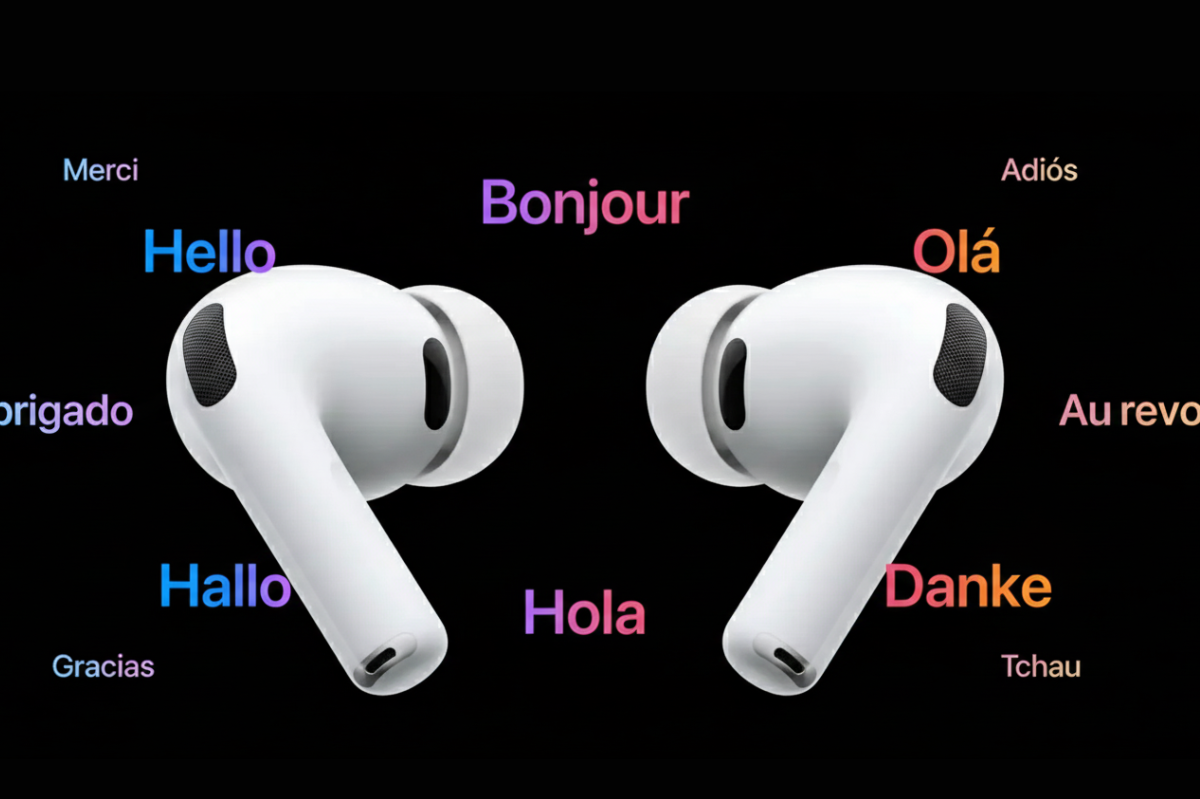Stepping into a church in a new country can feel like entering a world where every word floats just out of reach. The familiar hum of hymns, the rhythm of prayers, the pastor’s voice — they are meant to be shared, yet sometimes they feel distant. For many immigrants, language can become an invisible wall, making even a place of faith feel beyond reach. But in today’s world, quiet bridges exist — tools that let every word, every song, every “Amen” reach every heart.
In vibrant, multicultural congregations, it’s not unusual for different voices to rise at once: a choir singing in English, a sermon delivered in Spanish, small groups chatting in various mother tongues. What once could have been confusing or isolating now becomes a space of understanding. With subtle, AI-powered translation tools, like TransAI Genie G1 and GO1, newcomers can follow the sermon, participate in prayers, and feel connected to the community — without needing to miss a beat or interrupt the natural flow of worship.
Language Barriers in Church Worship
For many immigrants, attending church in a new country can be both a spiritual and linguistic challenge. Studies show that language barriers are a leading reason some newcomers stop participating in religious services or seek congregations where their native language is spoken.
At the same time, the landscape of American churches is changing. Over 50% of newly formed worshiping communities are led by racial or ethnic minorities and new immigrants. These congregations often reflect the rich tapestry of languages spoken by their members, highlighting the growing need for inclusive communication.
Technology is becoming a welcomed ally. In fact, a 2025 survey found that 91% of church leaders support using AI tools to enhance ministry and foster understanding across languages. This demonstrates a widespread recognition: overcoming language barriers is not just a convenience—it’s essential for building truly inclusive faith communities.
A Church Where Everyone Can Belong
Imagine a Sunday morning service in a vibrant, multicultural congregation. The choir sings in English, the pastor delivers the sermon in Spanish, and several families converse in their native languages before and after the service. In the past, many immigrants might have nodded politely, smiled, and left the church feeling partially disconnected. Now, with real-time translation at hand, every voice, every message, and every prayer can be understood.
It’s not just about translation — it’s about connection. When everyone can grasp the words of encouragement, the lyrics of a hymn, or the warmth of a greeting, the entire congregation feels more united. Faith stops being a private struggle with language; it becomes a shared experience.
How AI Translation Works in the Heart of the Service
The beauty of this connection lies in subtle support — tools that quietly help newcomers follow along without interrupting the natural rhythm of worship. These AI-powered translation devices act as bridges, making complex conversations feel effortless. Whether it’s catching the nuance in a sermon, understanding a hymn’s lyrics, or joining in a small group discussion, technology helps the message reach every heart in the room.
TransAI Genie devices are more than gadgets; they are bridges. They support over 150 languages and accents, handling everything from strong regional dialects to colloquial expressions, slang, and even mixed-language conversations. Thanks to advanced AI models trained specifically for spoken language, the devices can interpret context, adjust translations in real time, and ensure that the meaning of the sermon or prayer remains true — not just the words themselves.
The TransAI Genie G1 is an in-ear design, ideal for personal focus. A worshipper can quietly listen during sermons, group discussions, or Bible study, receiving translations directly in their ear without disrupting others. On the other hand, the GO1, with its open-ear design, allows users to stay aware of the surrounding environment — perfect for communal worship, volunteer activities, or public speaking events where situational awareness matters.
Both devices offer multiple modes tailored to different needs:
- Free Talk Mode for natural conversations with fellow congregants.
- Listening Mode for silently following sermons or small group discussions.
- Touch Mode for quick, on-the-go translations.
And for those who can’t attend in person or need remote support, the phone translation feature connects users across distances via phone calls or popular messaging apps. Suddenly, a community isn’t limited by geography or language — members can pray, study, and celebrate together, wherever they are.
Seeing and Hearing Faith
One of the most magical aspects of the Genie devices in worship is the LED display for face-to-face translation. While listening, users can also glance at synchronized subtitles, ensuring they don’t miss a single word. For many immigrants, seeing the translation reinforces comprehension, builds confidence in participation, and allows them to focus fully on the spiritual experience rather than struggling with language.
It’s not just about convenience. It’s about connection. When someone can understand the pastor’s encouragement, a hymn’s lyrics, or a fellow member’s greeting in real time, it fosters a sense of belonging. Faith becomes tangible, immediate, and shared — exactly as it should be.
Beyond Words: A Community United
Language is more than communication; it’s culture, identity, and emotion. Breaking language barriers in worship doesn’t just help immigrants follow the sermon — it transforms how a church functions as a community. Volunteers can guide newcomers with ease, Bible study groups can engage everyone meaningfully, and sermons can reach hearts rather than just ears.
By integrating technology like the TransAI Genie devices, churches create inclusive spaces where faith transcends language. They demonstrate a commitment to every member, showing that understanding and connection matter as much as tradition and ritual.
A Subtle Partner in Faith
Importantly, the Genie devices are designed to feel invisible. They don’t draw attention; they simply enable understanding. In every hymn, every prayer, and every sermon, they act as quiet facilitators, ensuring that no one feels left out. For immigrants, this can mean the difference between feeling like a visitor and feeling like a valued member of the congregation.
The distinction between G1 and GO1 allows users to choose what fits best: private focus or open awareness. Together, they provide flexibility for all aspects of worship — from intimate prayer to large group sermons.
Faith Without Language Barriers
Walking into a church should never be an exercise in translation. Every hymn, every blessing, every shared prayer is meant to resonate in every heart, regardless of language. Technology can’t replace the spirit of faith, but it can ensure that language is no longer a barrier to experiencing it fully.
With AI-powered tools like the TransAI Genie G1 and GO1, churches can welcome immigrants with open arms and open ears. Congregations become places where every voice is heard, every prayer understood, and every person belongs.
Because faith, at its core, is about connection — and understanding is the first step toward truly belonging.




Leave a comment
This site is protected by hCaptcha and the hCaptcha Privacy Policy and Terms of Service apply.